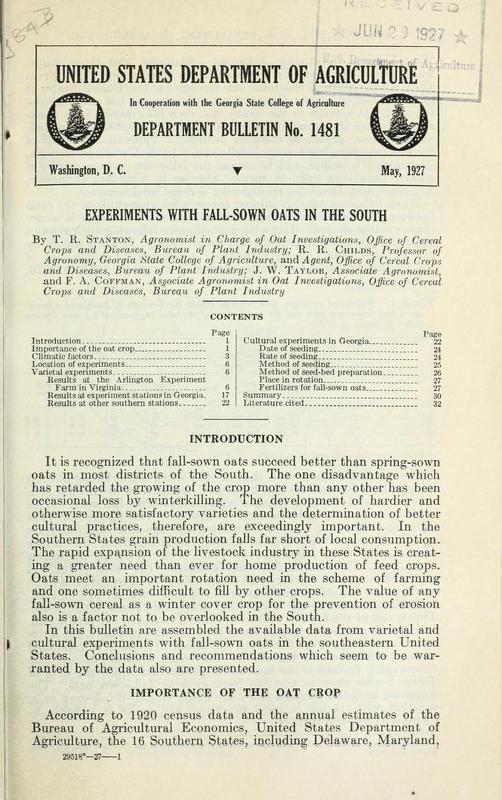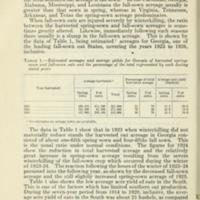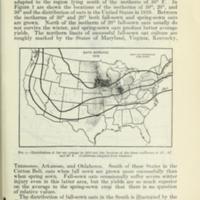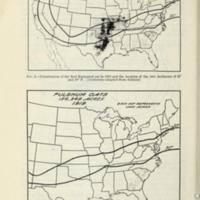Experiments With Fall-Sown Oats in the South
Date
1927
Excerpt
It is recognized that fall-sown oats succeed better than spring-sown oats in most districts of the South. The one disadvantage which has retarded the growing of the crop more than any other has been occasional loss by winterkilling. The development of hardier and otherwise more satisfactory varieties and the determination of better cultural practices, therefore, are exceedingly important. In the Southern States grain production falls far short of local consumption. The rapid expansion of the livestock industry in these States is creating a greater need than ever for home production of feed crops. Oats meet an important rotation need in the scheme of farming and one sometimes difficult to fill by other crops. The value of any fall-sown cereal as a winter cover crop for the prevention of erosion also is a factor not to be overlooked in the South.
In this bulletin are assembled the available data from varietal and cultural experiments with fall-sown oats in the southeastern United States. Conclusions and recommendations which seem to be warranted by the data also are presented.
In this bulletin are assembled the available data from varietal and cultural experiments with fall-sown oats in the southeastern United States. Conclusions and recommendations which seem to be warranted by the data also are presented.
Title
Experiments With Fall-Sown Oats in the South
File(s)
Experiments With Fall-Sown Oats in the South 1.jpg
(image/jpeg)
Experiments With Fall-Sown Oats in the South 2.jpg
(image/jpeg)
Experiments With Fall-Sown Oats in the South 3.jpg
(image/jpeg)
Experiments With Fall-Sown Oats in the South 4.jpg
(image/jpeg)
 An official website of the United States government.
An official website of the United States government.





